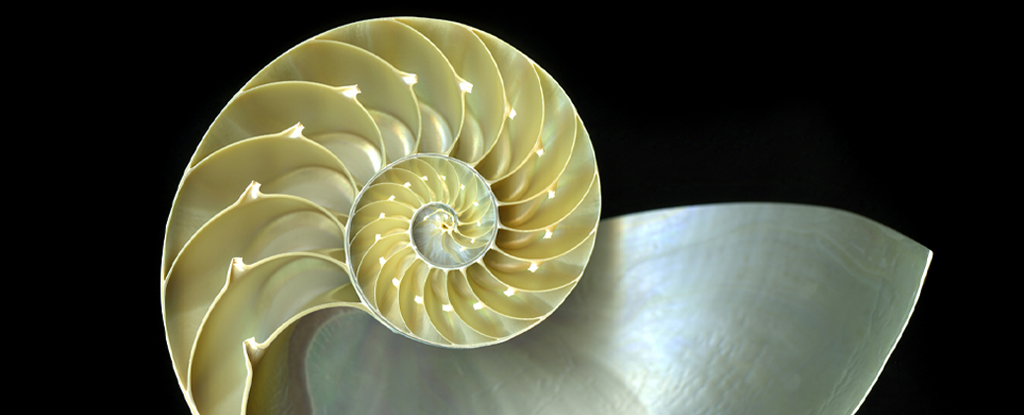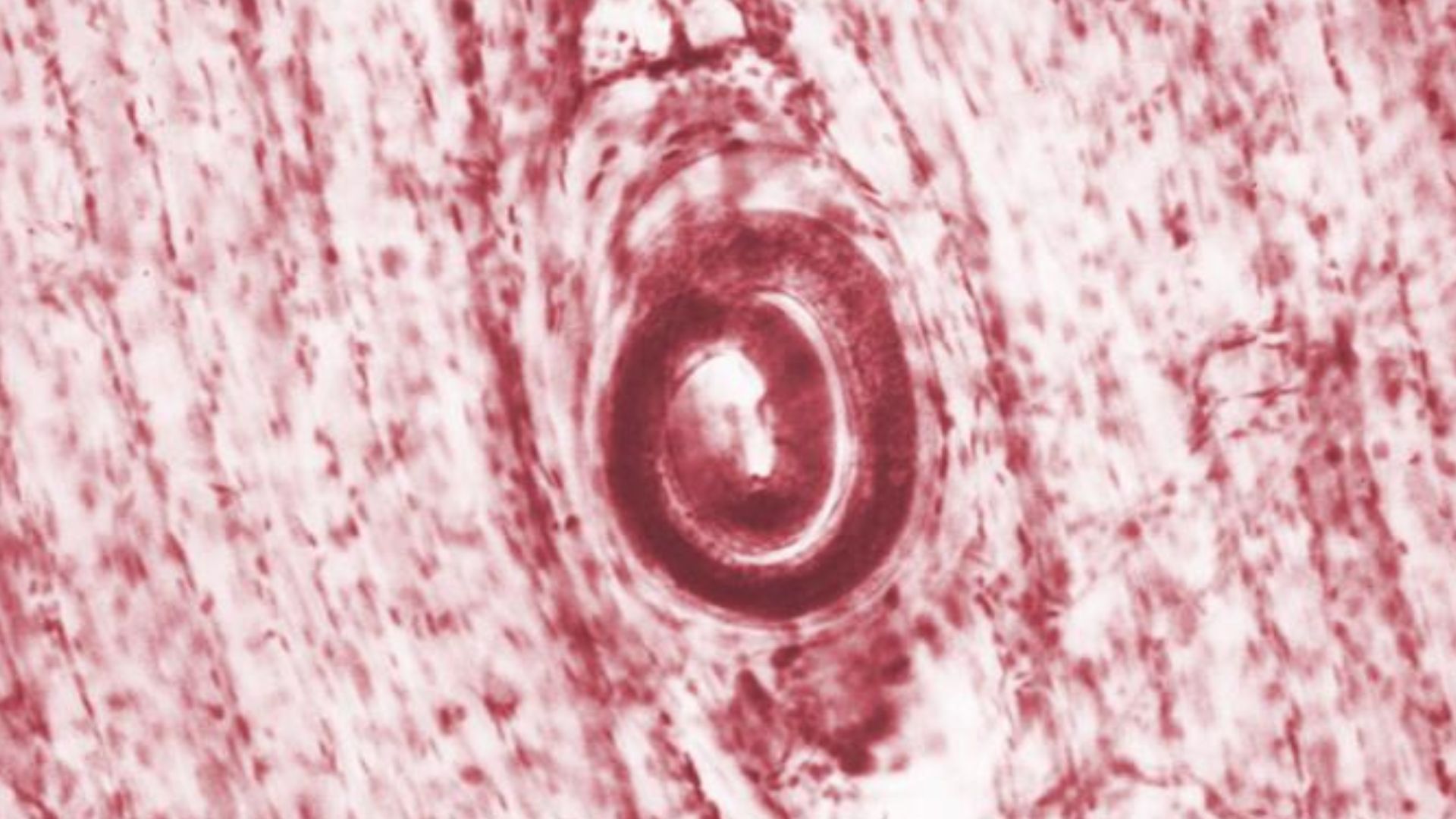Buildings, Vol. 14, Pages 1199: Numerical Investigation on the Seismic Behavior of Novel Precast Beam–Column Joints with Mechanical Connections
Buildings doi: 10.3390/buildings14051199
Authors: Mei-Ling Zhuang Chuanzhi Sun Zhen Yang Ran An Liutao Bai Yixiang Han Guangdong Bao
Traditional cast-in-place beam–column joints have the defects of high complexity and high construction difficulty, which seriously affect the efficiency and safety of the building construction line, and precast beam–column joints (PBCJs) can greatly improve the construction efficiency and quality. At present, the investigations on the seismic behavior of precast reinforced concrete structures are still mainly focused on experiments, while the numerical simulations for their own characteristics are still relatively lacking. In the present study, the seismic behavior of novel precast beam–column joints with mechanical connections (PBCJs-MCs) is investigated numerically. Based on the available experimental data, fiber models for four PBCJs-MCs are developed. Then, the simulated and experimental seismic behaviors of the prefabricated BCJs are compared and discussed. Finally, the factors influencing the seismic behavior of the PBCJs-MCs are further investigated numerically. The numerical results indicate that the fiber models can consider the effect of the bond–slip relationship of concrete and reinforcement under reciprocating loads. The relative errors of the simulated seismic behavior indexes are about 15%. The bearing capacity and displacement ductility coefficients of the PBCJs-MCs decrease rapidly as the shear-to-span ratio (λ) increases. It is recommended that the optimum λ for PBCJs-MCs is 2.0–2.5. The effect of the axial load ratio on the seismic behavior of PBCJs-MCs can be negligible in the case of the PBCJs-MCs with a moderate value of λ.

 1 month ago
24
1 month ago
24


